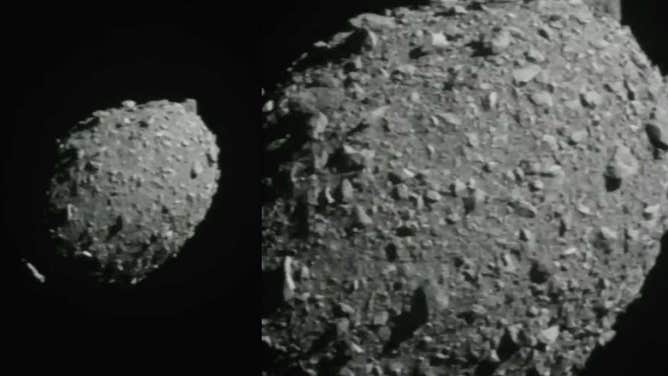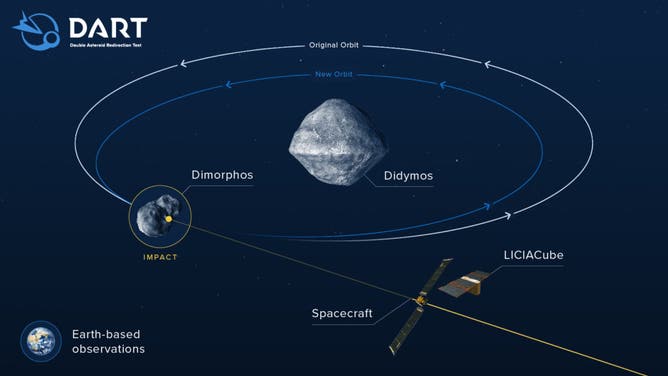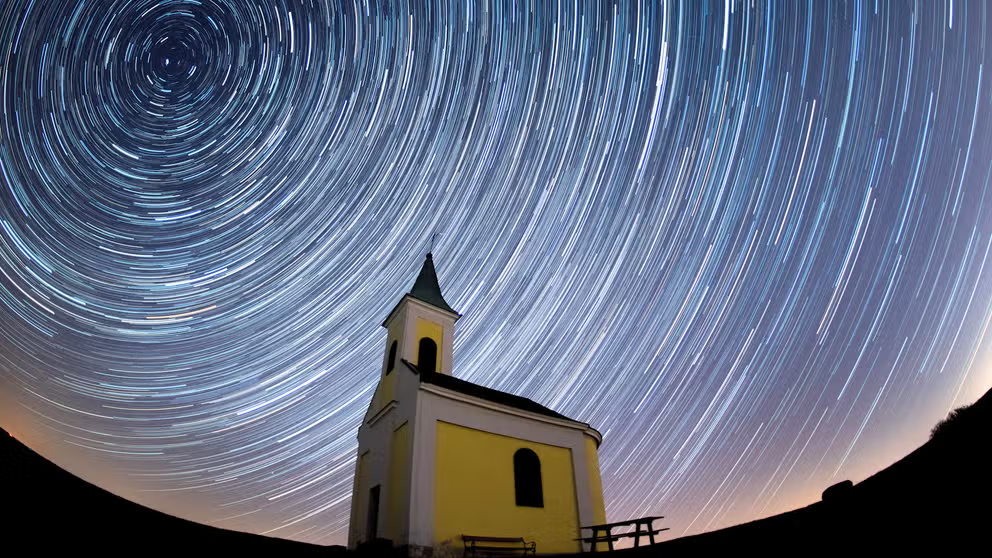Could NASA’s DART mission result in the first human-created meteor shower?
Typically, there are fewer than a dozen major meteor showers visible from Earth each year. These events are named after the constellations from which they appear to radiate and include: the Quadrantids (peaking in January), Lyrids (peaking in April), Eta Aquarids (peaking in May), Delta Aquarids (peaking in late July), Perseids (peaking in August), Orionids (peaking in October), Leonids (peaking in November), Geminids (peaking in December) and the Ursids (peaking in late December).
Meteor showers explained: what to know and how to watch
We call them shooting stars, but it's actually meteors that create dazzling streaks of light across our night sky.
NASA’s Double Asteroid Redirection Test mission, which took place nearly two years ago and successfully changed the trajectory of the Dimorphos asteroid, may have unintentionally set the stage for the first human-produced meteor shower.
A new study published in The Planetary Science Journal suggests that millions of fragments produced by the collision could be on a trajectory to near Earth, causing a potentially unique meteor shower.
The fragments pose no danger to the planet as most pieces are estimated to be less than four inches in length but are traveling at around 3,000 mph.
‘LOSS OF SIGNAL:’ NASA SUCCESSFULLY CRASHES DART SPACECRAFT INTO ASTEROID FOR PLANETARY DEFENSE TEST
If any of the estimated three million pieces were to venture close to Earth, it is likely they would burn up in the atmosphere and not even amount to the size needed to create the appearance of a shooting star.
Simulations indicate that some pieces could whiz by Earth in about seven years, but the main display could take decades or longer to arrive.
"Larger particles exhibit a marginally greater likelihood of reaching Mars, while smaller particles favor delivery to Earth-Moon, although this effect is insignificant," study authors stated.

Asteroid Dimorphos as seen by NASA's DART spacecraft seconds before impact.
(NASA / JHUAPL / NASA)
SEE THE OBJECTS HUMANS LEFT BEHIND ON THE MOON
Until the actual event begins, space experts are unsure how it will compare with the nearly dozen of other events that skywatchers flag on their calendar every year.
Other significant meteor showers include the Quadrantids, Lyrids, Eta Aquarids, Delta Aquarids, Perseids, Orionids, Leonids, Geminids and the Ursids.
The European Space Agency is scheduled to launch a mission it has labeled as ‘Hera’ to reexamine the effects the DART mission had on the Didymos asteroid.
The ESA said information provided by the spacecraft will provide valuable information regarding the impact deflection missions have on asteroids.
"Overall, the DART and Hera missions provide a unique opportunity to study the delivery of impact ejecta to other celestial bodies, offering valuable insights into impact dynamics and the potential recording of DART-created meteors," the study stated.

DART and LICIACube shown on a graphic with the binary asteroid system Didymos and Dimorphos. (Image: NASA/ JHUAPL)
(NASA)
